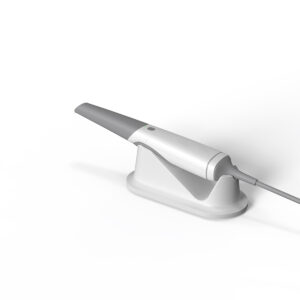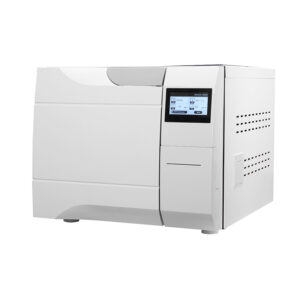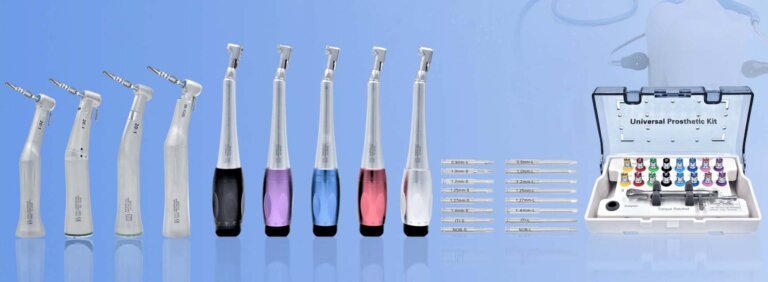In the world of modern dentistry, precision, comfort, and ergonomics are non-negotiable—especially when the dental chair is in the supine position.
Supine positioning isn’t just about laying a patient flat—it’s a clinical foundation. Done right, it improves access, reduces muscle strain, and enhances treatment accuracy. Done wrong, it causes neck tension, poor visibility, and procedural inefficiency.
This guide covers how to correctly position the dental chair in the supine posture to maximize patient comfort and operator ergonomics.
What Are Dental Chair Positions Supine?
The supine position in dentistry refers to a patient lying flat on their back, with their head, neck, and spine aligned horizontally on the dental chair. This posture grants dentists unobstructed access to the oral cavity, particularly for procedures requiring precision, such as root canals, crown placements, or maxillary treatments.
Key characteristics of supine positioning include:
- Full recline: The chair’s backrest is parallel to the floor.
- Head support: The patient’s head rests on an adjustable headrest to maintain neutral alignment.
- Stability: The patient’s legs are level with or slightly elevated above the nose to reduce strain.
This position is not just about patient comfort; it’s a strategic tool for minimizing procedural errors and enhancing efficiency.
Optimizing Supine Positioning: A Step-by-Step Framework
Step 1 –Patient Preparation in Supine Position
For the dental chair positions supine to be effective, meticulous patient alignment is essential:
- Feet positioning: Ensure the patient’s feet are level with or slightly higher than the nose to promote circulation.
- Headrest adjustment: Align the top of the head with the upper edge of the headrest. If necessary, ask the patient to slide down for optimal placement.
- Neutral spine: Avoid hyperextension of the neck by adjusting the headrest so the nose and chin are level.
Pro Tip: Use cushioned headrests and lumbar supports to prevent patient fatigue during lengthy procedures.
Step 2 – Ergonomic Considerations for Dentists

While supine positioning benefits patients, dentists must also protect their musculoskeletal health:
- Lighting alignment: Position overhead lights perpendicular to the floor for mandibular work. For maxillary procedures, angle lights over the patient’s neck to avoid shadowing.
- Posture discipline: Maintain a “neutral seated posture”—elbows close to the body, wrists straight, and shoulders relaxed. Avoid static positions; take micro-breaks to stretch.
- Equipment placement: Keep instruments within a 20-inch “ergonomic zone” to minimize repetitive reaching.
Case Study: A 2021 Journal of Dental Ergonomics study found that dentists using adjustable chairs with lumbar support reduced lower back pain by 40%.
Clinical Advantages of Supine Dental Chair Positions
The supine position isn’t arbitrary—it’s rooted in clinical efficacy:
- Enhanced Access: Ideal for visualizing posterior teeth and performing intricate procedures.
- Patient Compliance: Reduces involuntary movement, critical for surgeries or high-precision tasks.
- Safety: Facilitates airway management and reduces aspiration risks (e.g., during irrigation).
However, improper execution can lead to pitfalls:
- Neck strain: Incorrect headrest height may force patients into unnatural positions.
Dentist fatigue: Poorly angled lights or instruments increase physical stress.
Ergonomic Innovations in Dental Chairs
The right dental chair transforms supine positioning from a basic task into a strategic asset. Consider features like:
- 360° rotational capabilities: Streamline four-handed dentistry.
- Adjustable armrests and headrests: Accommodate diverse patient anatomies.
- Integrated suction systems: Minimize fluid buildup, reducing the need for patient repositioning.
Brand Spotlight: ESCO Dental Chairs
ESCO’s ergonomic designs exemplify innovation:
Rotating side panels: Optimize space for assistants.
Independent water systems: Ensure infection control.
Weight-balanced mechanisms: Enable smooth adjustments without straining the dentist.
When Supine Positioning Isn’t Enough: Alternatives and Hybrid Approaches
While dental chair positions supine dominate many procedures, hybrid postures add flexibility:
- Semi-supine: A 45° recline for mandibular work or anxious patients.
- Upright seating: Useful for consultations or non-invasive treatments.
Key Takeaway: Match the chair position to the procedure’s demands—not the other way around.
Elevating Care Through Supine Mastery
Mastering dental chair positions supine is a blend of art and science. By prioritizing ergonomic principles, investing in adaptable equipment like ESCO chairs, and adhering to patient-centric protocols, dental teams can achieve unparalleled precision while safeguarding their physical health. In an era where patient expectations and clinical complexities are rising, optimizing supine positioning isn’t just a best practice—it’s a competitive advantage.









